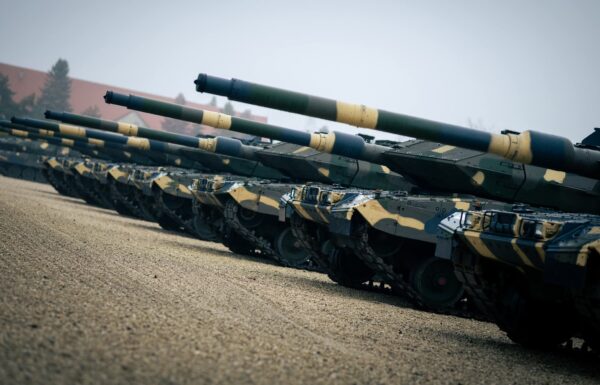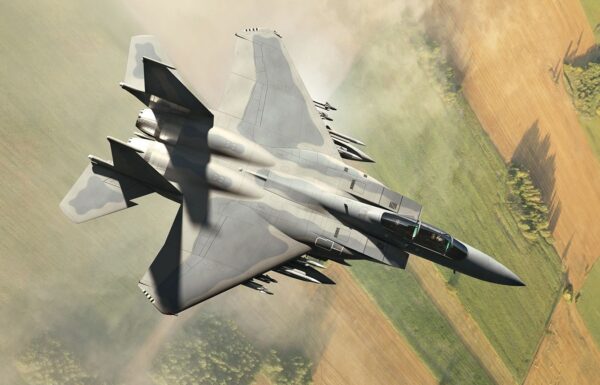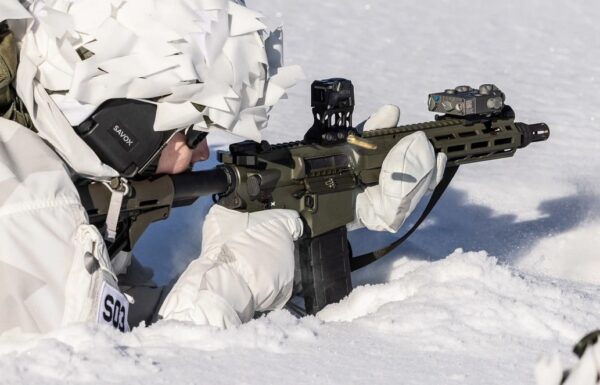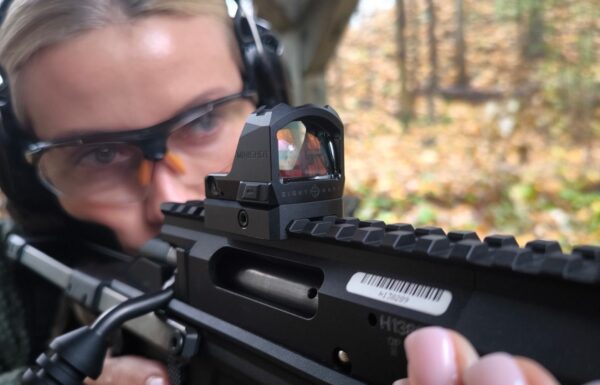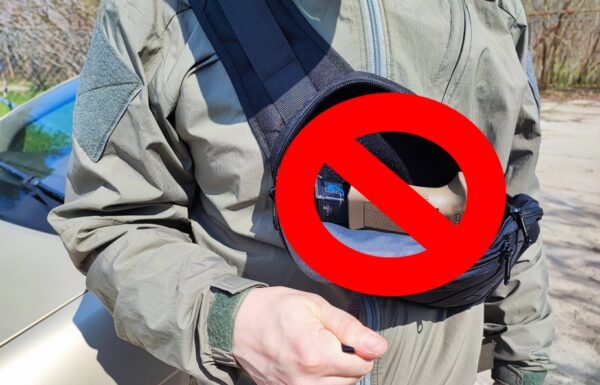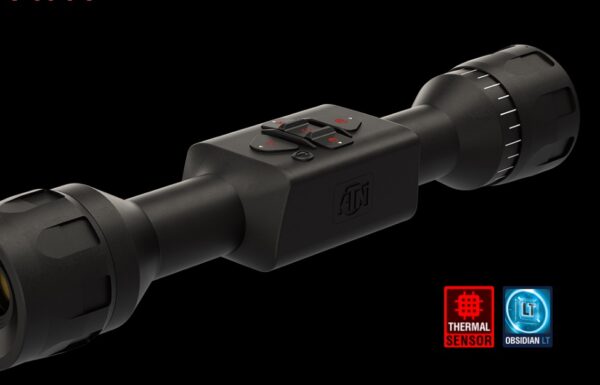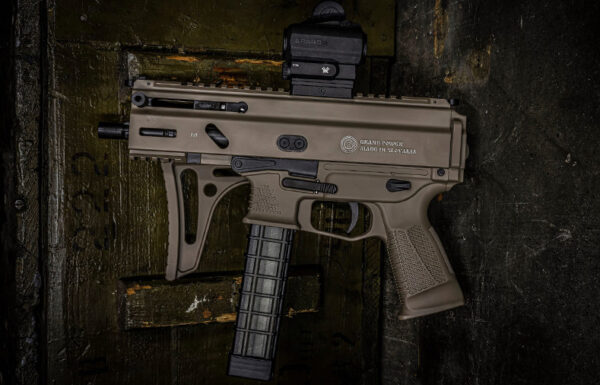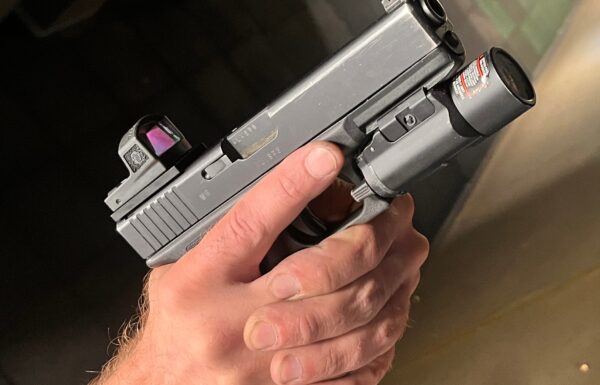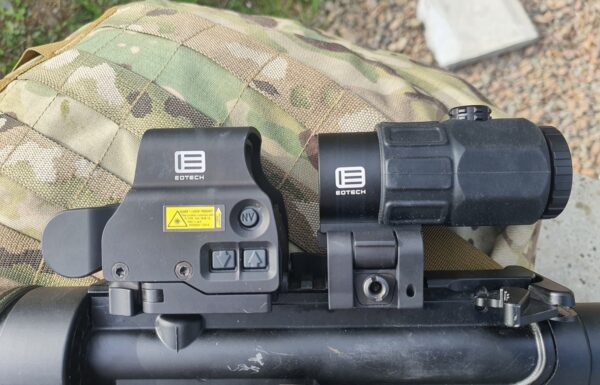On Thursday, December 7th, the American company Lockheed Martin announced the firing of Israeli Rafael Spike NLOS (Non-Line-Of-Sight) anti-tank guided missiles from the Boeing AH-64E Apache Guardian v6 attack helicopter, belonging to the U.S. Army, at the Yuma Proving Ground in Arizona.
During the five-day test campaign, a total of eight Spike NLOS anti-tank guided missiles were fired at various training targets to certify their Airworthiness Release (AWR) in compliance with the Long Range Precision Ammunition Directed Requirement (LRPM DR) operational requirement. This paves the way for the integration of the American AH-64E Apache Guardian v6 helicopters with the Spike NLOS missiles.
This successful demonstration of Spike NLOS showcases that the system is ready to be integrated onto the Army’s current Apache fleet and provides a premier defense capability of choice when precision and accuracy matter, said Tom Bargnesi, senior program manager of the Precision Strike team at Lockheed Martin Missiles and Fire Control. The AWR allows delivery of 21st century security solutions to our Army customer for complex threat environments.
In mid-2024, Lockheed Martin will collaborate with the US Army to train pilots in operating the Spike NLOS system on the AH-64E Apache Guardian v6. The US Army anticipates that the Spike NLOS system will be fully integrated with all 18 AH-64E Apache Guardian v6 helicopters by September 2024.
Previously, on January 9, 2020, the US Army Contracting Command (ACC) announced its plan to purchase an unspecified quantity of Spike NLOS anti-tank guided missiles, manufactured by the Israeli company Rafael Advanced Defense Systems.
The missile was integrated with the AH-64E on August 8, 2018, and tested at the end of the same month at the Yuma Proving Ground range. Further tests were conducted in 2019 in Israel against a simulation of the Russian Pantsir-S1 anti-aircraft missile system. During nine nighttime firings, all moving targets were successfully destroyed. In February 2019, it was reported that the 780th Squadron of the 96th Test Wing of the USAF supported four days of evaluation tests of the AH-64E with Spike NLOS missiles, which were conducted off the coast of Florida.
Spike NLOS is intended to serve as a bridging capability but also to evaluate the missile system before the planned purchase of a Long Range Precision Munition missile. An information request regarding this matter was published on September 10, 2019. Interestingly, among the operational requirements, there is a range of over 30-40 kilometers.
Importantly, neither the Spike NLOS nor the LRPM program-acquired missiles will replace the currently used AGM-114 Hellfire missiles or their successors, such as the AGM-179 JAGM (Joint Air-to-Ground Missile) with a range of 8 km. They will complement them (Lockheed Martin has also developed the JAGM-Medium Range with a range of 16 km). They will work in conjunction with loitering munitions, which the US Army intends to acquire as part of the Air-Launched-Effects (ALE) program for next-generation helicopters.
On November 1 of this year, the US Army Department published a Request For Information (RFI) regarding the delivery of long-range precision guided missiles codenamed M-LRPSM (Mobile-Long Range Precision Strike Missile). These missiles will be integrated with 4×4 wheeled vehicles.
The 4th generation Spike NLOS is characterized by a range of up to 25 km, and, under the name Tamuz, it was integrated with Israeli AH-64D Apache Longbow helicopters. The US Army has ordered the 5th generation Spike NLOS with a range of 32 km, while the Israeli manufacturer has already introduced the 6th generation Spike NLOS with a range of up to 50 km when launched from a helicopter and up to 32 km from land and sea platforms.
The 4th generation Spike NLOS missiles have also been integrated with British, South Korean, and Filipino AW159 Wildcat helicopters (as Exactor 1 and 2 in British forces). The 5th generation Spike NLOS missiles were unsuccessfully offered as part of a potential modernization for Polish Mi-24D/W helicopters.


